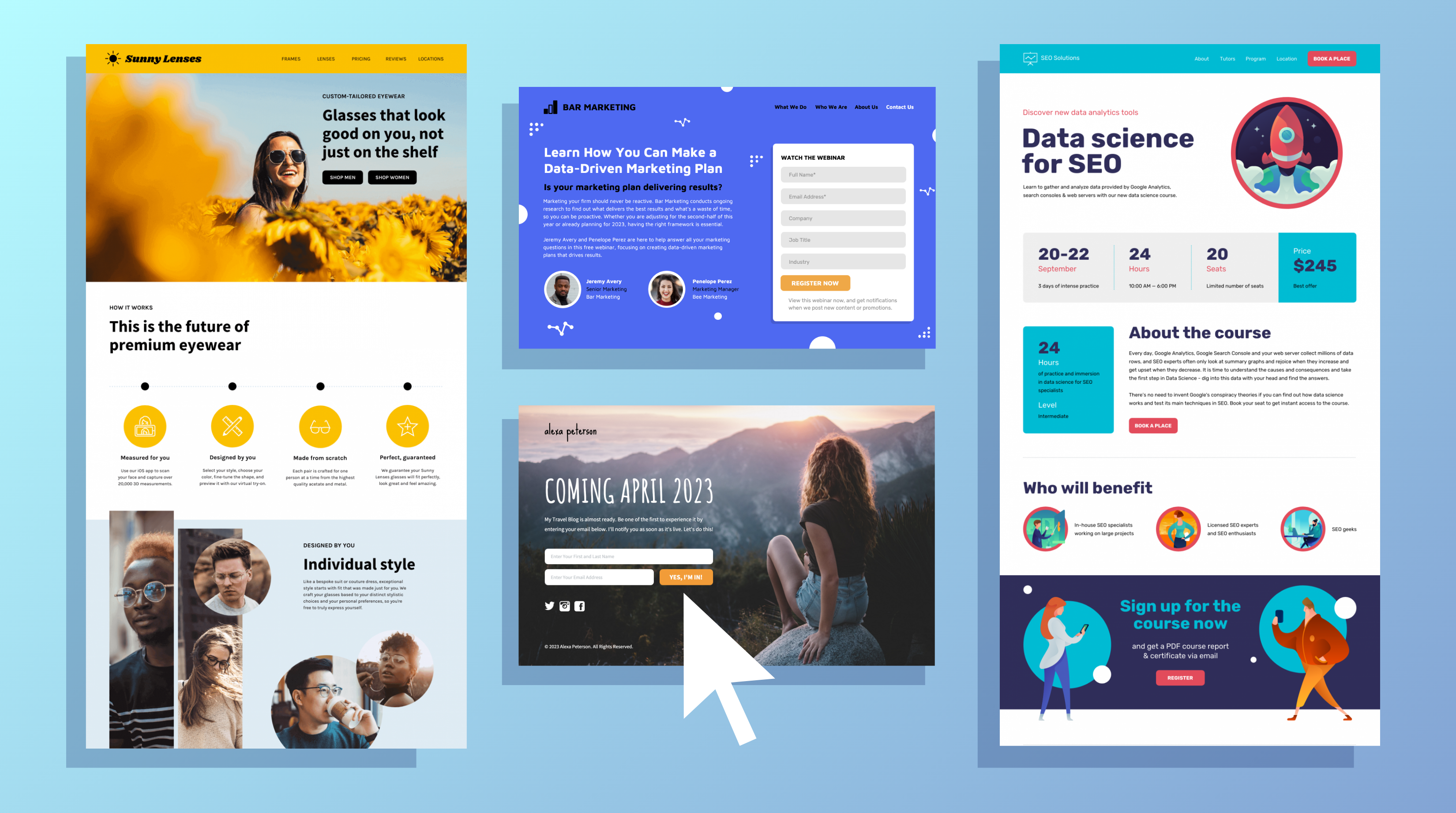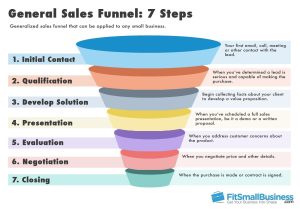
When it comes to your business’s online presence, few things are as crucial as a well-designed and optimized landing page. A landing page serves as the virtual front door to your business, making it the perfect opportunity to capture your audience’s attention, generate leads, and ultimately convert them into customers. In this article, we will explore some key strategies for building an effective business landing page that will drive conversions and propel your company forward in the competitive tech industry.
1. Define Your Goals and Target Audience
Before diving into the design and content creation process, it’s important to clearly define your goals and identify your target audience. What specific action do you want visitors to take on your landing page? Is it signing up for a newsletter, downloading an e-book, or making a purchase? Understanding your goals will help you shape your landing page accordingly.
Moreover, knowing your target audience will enable you to tailor your landing page’s messaging, design, and functionality to resonate with their needs and preferences. Conduct thorough market research, analyze customer demographics and behaviors, and use this information to craft a landing page that speaks directly to your intended audience.
2. Keep it Simple and Visually Appealing
In the fast-paced online world, simplicity is key. With limited attention spans and countless distractions, your landing page should deliver a clear and concise message while maintaining an attractive design. Use eye-catching visuals, such as high-quality images or videos, to create a visually appealing experience that captures and retains your visitors’ attention.
Ensure that your landing page layout is easy to navigate, with intuitive menus and buttons guiding visitors through the desired actions. Avoid clutter and excessive text, instead focusing on delivering your most compelling value propositions and calls-to-action persuasively and concisely.
3. Craft Compelling Headlines and Content
Your landing page’s content plays a crucial role in driving conversions. Start with a strong headline that instantly grabs your visitors’ attention and clearly communicates the value your product or service offers. The headline should be concise, meaningful, and aligned with your audience’s pain points and desires.
Within the body of your landing page, use persuasive and benefit-oriented copy to clearly communicate the unique selling points and benefits of your offering. Focus on how your product or service solves a problem or improves your customer’s life, rather than bombarding them with technical jargon.
Break the content into easily scannable sections, utilizing bullet points, subheadings, and short paragraphs to enhance readability. Make sure to include customer testimonials, success stories, or stats to establish credibility and build trust with your audience.
4. Implement Strong Calls-to-Action
Your landing page should include strong and strategically placed calls-to-action (CTAs) that guide visitors towards the desired conversions. Your CTAs should be visually striking and clearly communicate the next step you want your visitors to take.
Use action-oriented language in your CTAs, such as “Get Started Now” or “Download Your Free Trial,” to instill a sense of urgency and encourage immediate action. Consider adding multiple CTAs throughout your landing page, ensuring they are visible without being intrusive.
5. Optimize for Mobile Devices
Mobile optimization is no longer optional; it’s a necessity in today’s smartphone-dominated world. Ensure that your landing page is mobile-responsive, meaning it adapts seamlessly to different screen sizes and devices. Test your landing page across various smartphones and tablets to guarantee a smooth user experience, as well as fast loading times.
Remember, a poor mobile experience could discourage potential customers and hamper your conversion rates. Maximize the potential for mobile users by optimizing your landing page for optimal performance across all devices.
6. Leverage Social Proof and Trust Signals
Instilling trust in your audience is crucial, especially when dealing with tech products or services. Incorporate social proof elements, such as customer reviews, testimonials, ratings, or case studies, to showcase satisfied customers’ experiences and build credibility for your business.
Additionally, display trust signals such as badges or certifications from recognized organizations, industry awards, or security seals to reassure visitors that their data and transactions are secure. Building trust helps to alleviate any concerns or hesitations visitors may have, significantly increasing the chances of conversion.
7. Continuously Test and Optimize
Building an effective business landing page is an iterative process that requires constant testing and optimization. Utilize A/B testing to experiment with different design elements, headlines, copy variations, and CTAs to determine what works best for your target audience.
Track and analyze data from tools like Google Analytics to gain insights on traffic sources, user behavior, and conversion rates. Based on these insights, make data-driven changes to improve your landing page’s performance and drive better results over time.
Remember, building a successful landing page is an ongoing process. Continuously adapt and optimize your page to meet changing user expectations and business goals.
By following these strategies for building an effective business landing page, you’ll be well-equipped to attract, engage, and convert your target audience into loyal customers. Remember, your landing page is an extension of your brand, so invest time and effort into creating a captivating and conversion-focused online experience.

